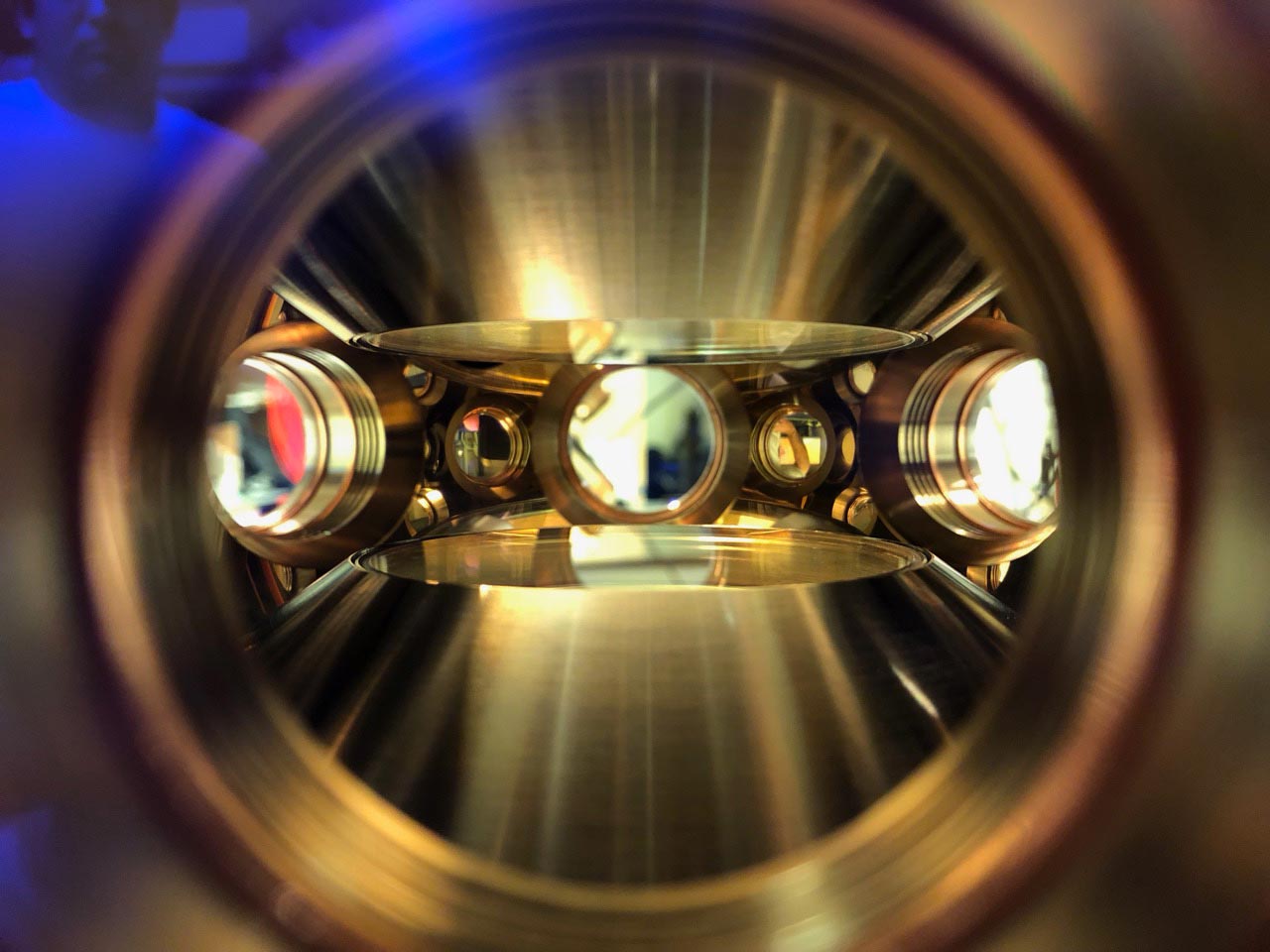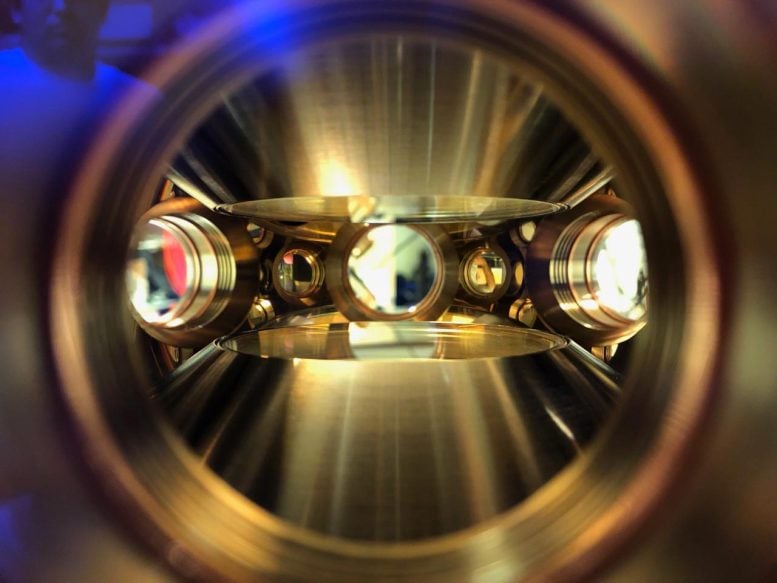

In a groundbreaking experiment at the Technion Faculty of Physics, researchers demonstrated the transfer of atoms via quantum tunneling using optical tweezers.
This novel method, which strategically avoids trapping atoms in the middle tweezer, represents a notable stride toward innovative quantum technologies.
Quantum Tunneling in Optical Tweezers
A new experiment at the Technion Faculty of Physics demonstrates how atoms can be transferred between locations using quantum tunneling with optical tweezers. Led by Prof. Yoav Sagi and doctoral student Yanay Florshaim from the Solid State Institute, this research was published recently in Science Advances.
The experiment relies on optical tweezers, a powerful tool that uses focused laser beams to trap and manipulate tiny particles like atoms, molecules, and even living cells. Here’s how it works: when light interacts with matter, it creates a force proportional to the light’s intensity. This force, though too weak to impact larger objects, is strong enough to hold or move microscopic particles like atoms. The groundbreaking invention of optical tweezers, which earned physicist Arthur Ashkin the 2018 Nobel Prize in Physics, has become a vital technique in modern physics.
Quantum Tunneling in Action
In the Technion experiment, researchers arranged three optical tweezers in a line. By adjusting the distance between each pair of adjacent tweezers, they were able to dynamically control the rate of quantum tunneling between them. Quantum tunneling, a phenomenon exclusive to the quantum world, allows particles to pass through barriers they couldn’t overcome in classical physics. By dynamically controlling this tunneling rate, the team successfully transferred atoms between the two outer tweezers with remarkable precision and efficiency.
Quantum Theory and Atom Transfer
In addition, the researchers showed that although the atoms move between both sides of the chain, the likelihood of finding them in the middle tweezer is very low. This intriguing feature of the transfer scheme can be understood by recalling that in quantum theory, a particle is described by a wave packet.
In the scheme demonstrated in the experiment, the waves interfere destructively in the middle trap, making it impossible to find the atoms there. This is the first demonstration of this transfer method, and the researchers believe it could represent a significant milestone in the development of new quantum platforms.
Reference: “Spatial adiabatic passage of ultracold atoms in optical tweezers” by Yanay Florshaim, Elad Zohar, David Zeev Koplovich, Ilan Meltzer, Rafi Weill, Jonathan Nemirovsky, Amir Stern and Yoav Sagi, 2 October 2024, Science Advances.
DOI: 10.1126/sciadv.adl1220
The research is supported by the Israel Science Foundation (ISF), the Pazy Foundation, and the Helen Diller Quantum Center at the Technion.

